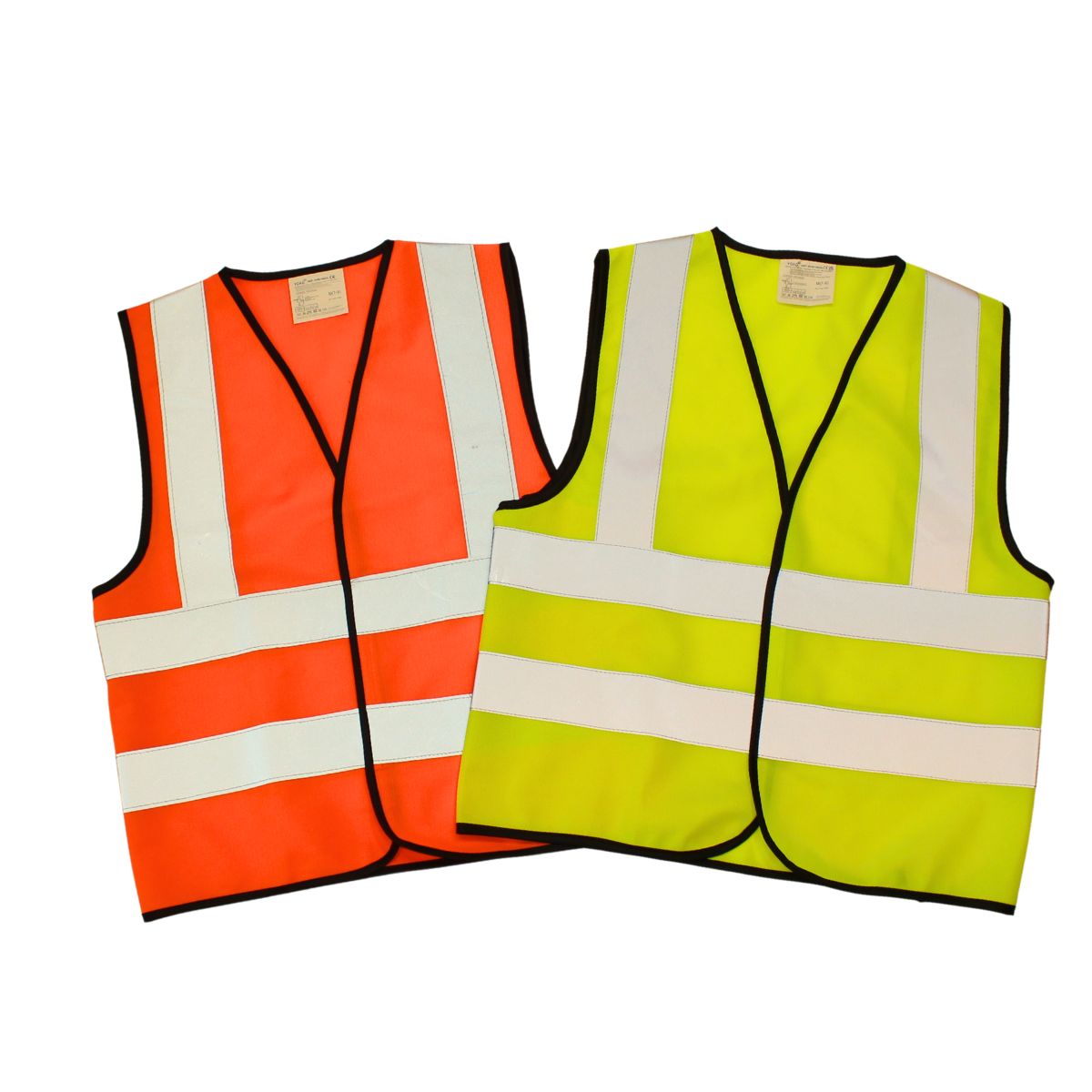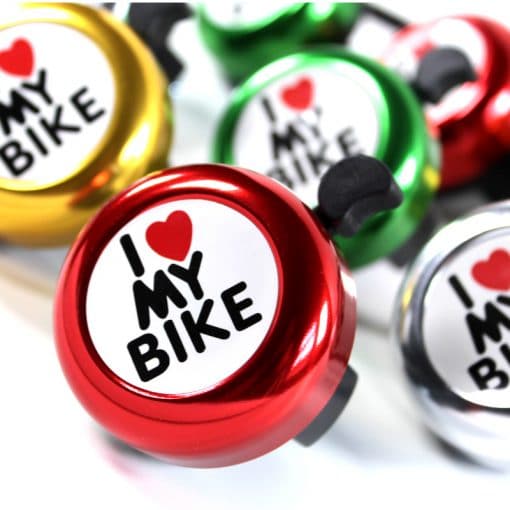Getting Around by Mobility Scooter - Terri
Terri Bett relies on her electric power chair, or mobility scooter, for local journeys. She faces the same challenges as many other active travellers, but the difference is that she has little choice.
‘I do drive,’ she says, ‘and my car has been slightly adapted to my physical needs. I have a ramp that enables me to take my power chair with me, but I need someone with me. I used to have a mobility scooter but swapped to the power chair about six years ago. It gives me better support for my posture.’
Getting Down to Town
Terri lives about two miles from Kettering town centre and has several preferred routes.
‘My chair will manage a dropped kerb, but nothing bigger than that. There are some very narrow pavements that I avoid, and so many of them are in such poor condition it’s like being on a rollercoaster, especially where tree roots have pushed up the surface – not that I want the trees to go, of course! Added to that, there are places where I know there’ll be a lot of pavement clutter, such as litterbins, or boards and other stuff outside shops. I really have to pay attention. There do seem to be more of these obstacles than there used to be.’
Thoughtless Parking
The issue of parking is a problem for many active travel users, but for anyone in a wheelchair or on a mobility scooter, it’s more than a minor inconvenience.
‘So many people park on the pavement. If I can’t get past I have to go on to the road, which is scary. If there’s no dropped kerb I can’t get off the pavement anyway. It’s important not to block these; it’s not just about giving people access to their drives, but also being able to cross the road safely. Sometimes when there’s been roadworks and the pavements have been dug up, the dropped kerbs aren’t reinstated. There’s litter, too, especially glass. I don’t have solid tyres because they’d make for a really uncomfortable ride, so I have to watch out for punctures.’
Access to Transport for Mobility Scooter Users
Terri rarely uses public transport, although she acknowledges that the staff at Kettering rail station are usually helpful. It’s not always the case at the other end of her journey though.
‘If they haven’t got the ramp ready for me I can’t get off. Once I even had to be rescued by passengers from First Class! Buses are no-go, really because there’s only one wheelchair space and it’s often full of pushchairs – and that’s even supposing the bus can ‘kneel’ to let me roll on. It’s not worth the hassle. I’ve had problems hailing taxis, too. They see me coming and leave, or even hide.’
Handling Abuse
‘There are very few parking spaces in the town centre that are allocated for disabled drivers, and sometimes I’ve politely asked people if they realise this. I always say, “I wouldn’t like you to get a ticket.” So many people are just rude to me. I’ve been accused of faking the fact that I can’t walk very far. I’ve been physically threatened, too.
‘I don’t go out after dark. I don’t have lights on my chair, but in any case I feel too vulnerable. I’ve bought a body-cam now, which I hope will make people think twice.’
For all that, she says, ‘I don’t get angry. It’s just one of those things.’
Perhaps surprisingly, other power chair and mobility scooter users can also cause problems.
‘Some of them don’t follow the rules about what you can and can’t do. For instance, disability parking is only available if it is you – the disabled person – who gets out of the car. You can’t sit there while your passenger gets out even if they’re running an errand for you. I also know there’s a lot of sharing of Blue Badges and misuse of the parking ‘clock’.’
Shopping Trips By Mobility Scooter
Terri uses her chair inside and it is fairly manoeuvrable, but there are obstacles. For instance, tables packed closely in cafés can be a problem, as can display racks and other ‘furniture’ in shops.
‘Most shops in Kettering are pretty good and the staff in my local Coop are excellent. Some of the older shops can be tricky, but I love the town as it is. I love the old buildings.’
One thing people might not realise is that power chairs don’t have brakes.
‘My chair will go at 3 or 4mph, but I never go that fast. The only way I can stop is to coast to a standstill, so if you jump out in front of me I might run into you!’
Some of the measures outlined in the town's Local Cycling and Walking Infrastructure Plan include the installation of 'cycle paths' which would actually also be for mobility scooters and electric wheelchairs alongside e-scooters and e-bikes. ‘That’s a brilliant idea,’ says Terri.
FOOTNOTE
For information on accessing transport: www.gov.uk/guidance/rights-of-disabled-passengers-on-transport
Which Trips Would You Switch?
Even if you go everywhere by car, which trips would you consider switching to walk? What would inspire you or enable you to give it a go?
Our ‘Which Trips Would You Switch?’ series of case studies are based on interviews with people from Kettering, North Northamptonshire as part of the Brightwayz Get Down To Town ongoing project which aims to support, enable and promote more travel options for short journeys in the town.
The Get Down To Town project was inititally funded by North Northamptonshire Council with funding from Active Travel England and is designed and delivered by Brightwayz social enterprise.
Here at Brightwayz social enterprise we love to provide information and tips to help you, your colleagues, friends and family travel in safe, active, sustainable ways for everyday journeys.
Our unique range of products is here to help support your active travel campaigns and 100% of profits from sales is ploughed back to support the work we do. Take a look at our range here and find something to help you inspire others to travel in good ways.
 Reflector Shop pack
Reflector Shop pack High Vis Child Waistcoat
High Vis Child Waistcoat Brightwayz Bike Bell
Brightwayz Bike Bell